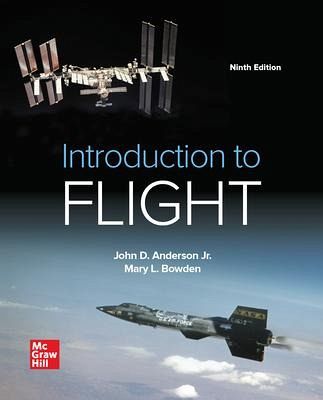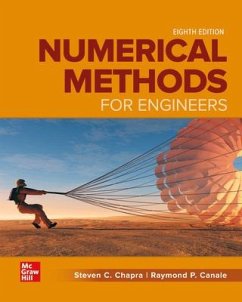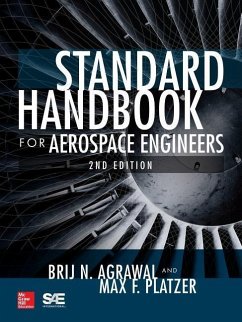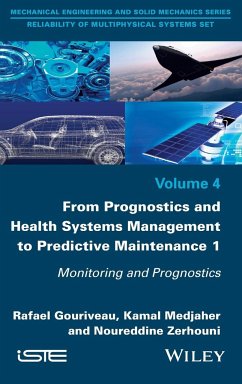
Loose Leaf for Introduction to Flight
Versandkostenfrei!
Versandfertig in über 4 Wochen
154,99 €
inkl. MwSt.

PAYBACK Punkte
77 °P sammeln!
Anderson's Introduction to Flight, is designed for first or second-year engineering students and any reader looking for an introduction to aerospace engineering. It is written in an intentionally easy-to understand style. Readers are introduced to the basic areas of aerodynamics, flight dynamics, propulsion, and space flight (astronautics). In this edition, space flight content covers the expanding role of space vehicles within the field of aerospace engineering. Continuing the tradition of the previous edition, the 9th edition is intended not only to educate but also to motivate the reader to...
Anderson's Introduction to Flight, is designed for first or second-year engineering students and any reader looking for an introduction to aerospace engineering. It is written in an intentionally easy-to understand style. Readers are introduced to the basic areas of aerodynamics, flight dynamics, propulsion, and space flight (astronautics). In this edition, space flight content covers the expanding role of space vehicles within the field of aerospace engineering. Continuing the tradition of the previous edition, the 9th edition is intended not only to educate but also to motivate the reader to pursue the subject of aerospace engineering. In addition, new sections continue the unique tradition of including historical content discussing the origins of the technology. >If you want to understand the engineering behind how airplanes fly, how spacecrafts are launched into space, and how they are able to follow the right path to their destination, this book is for you.










![Aerospace Science: The Exploration of Space [With CDROM] Cover Aerospace Science: The Exploration of Space [With CDROM]](https://bilder.buecher.de/produkte/36/36079/36079782n.jpg)

